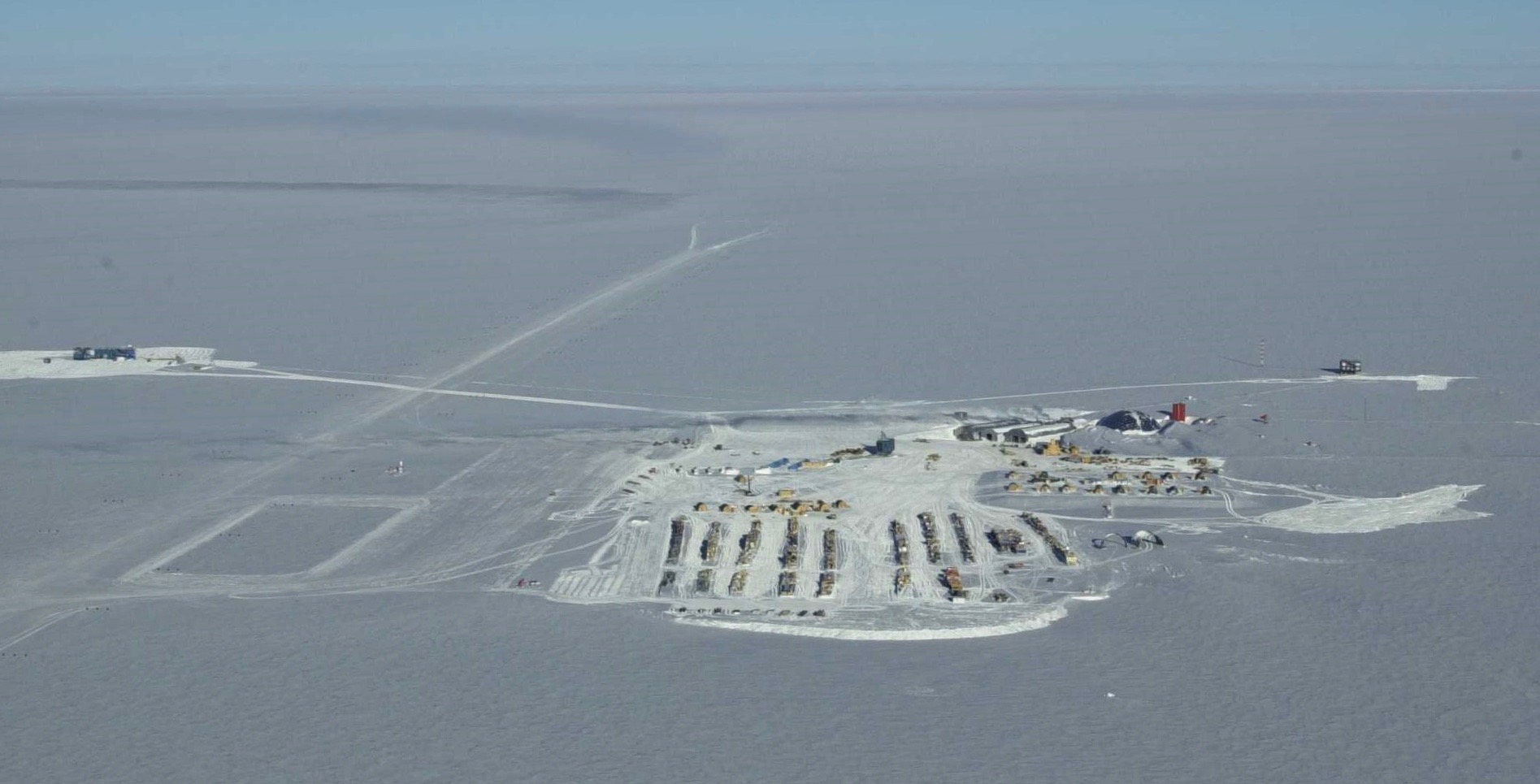
11–12 July 1999: Jerri Lin Nielsen, M.D., a physician at the Amundsen-Scott South Pole Station, self-biopsied a suspicious breast lump. Results were inconclusive, so the National Science Foundation decided to send additional test equipment and medications to the remote station by military transport.
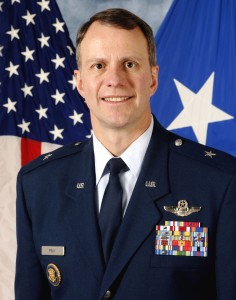
Because of the extreme cold, adverse weather conditions and months of darkness, it was considered too dangerous for an aircraft to attempt landing at the South Pole. A United States Air Force Lockheed C-141B Starlifter of the 62nd Airlift Wing, McChord Air Force Base, Washington, was sent to stage out of Christchurch, New Zealand, in order to air drop the supplies at the South Pole. The mission was commanded by Lieutenant Colonel John I. Pray, Jr., U.S. Air Force.
Departing Christchurch at 2154 UTC, 11 July, with six pallets of medical supplies and equipment as well as fresh food and mail for the remote outpost, the C-141 was joined for the flight by a Boeing KC-135 Stratotanker from the 203rd Air Refueling Squadron, Hawaii National Guard, for inflight refueling. A refueling took place over McMurdo Station and then the Starlifter headed on toward the Pole.
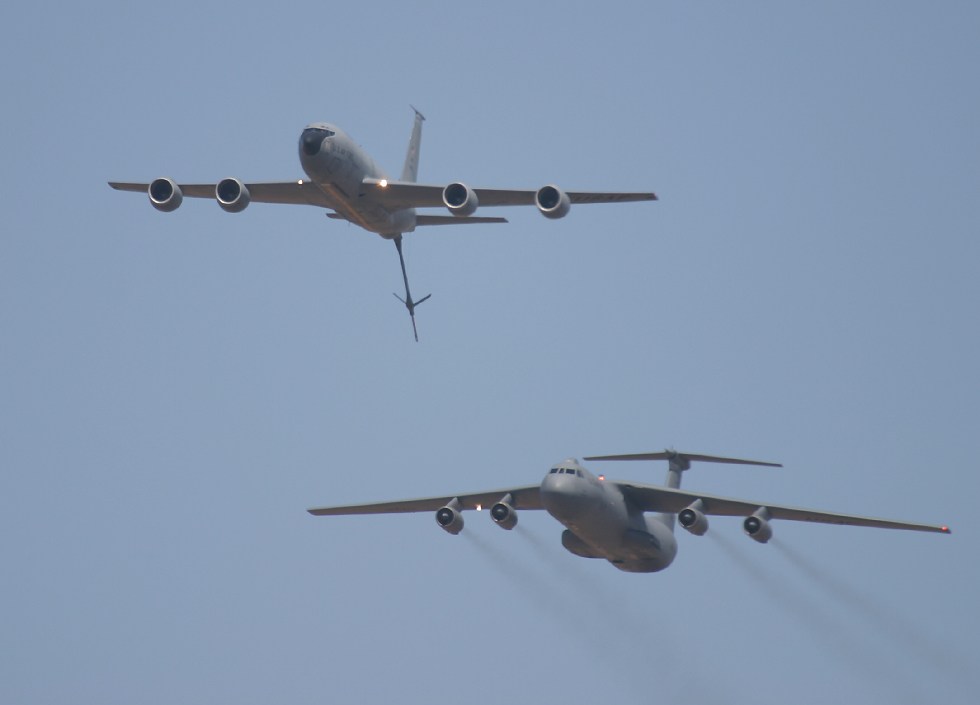
Amundsen-Scott station personnel set fire to 27 smudge pots arranged in a semi-circle to mark the drop zone, and turned off all outside lighting. When the transport arrived overhead, blowing snow obscured the drop zone and it took the aircrew, flying with night vision goggles, 25 minutes to locate the markers.
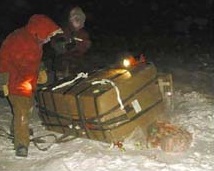
At 2230 the C-141 flew over at an altitude of 700 feet (213.4 meters) and dropped two cargo pallets on the first pass and the remaining four on a second. It immediately departed to rendezvous with the KC-135 tanker and both returned to New Zealand.
After a 6,375 mile (10,260 kilometer) round trip, the C-141 touched down at Christchurch at 1225 UTC, 12 July.
Dr. Nielsen’s lump was cancerous. Using the medical supplies that had been air-dropped, she treated herself for the next three months. She was evacuated by air when a Lockheed LC-130H Hercules from the 109th Airlift Wing, New York Air National Guard, picked her up 16 October 1999.
Dr. Nielsen’s cancer eventually metastasized to her liver, bones and brain. Jerri Lin FitzGerald, M.D., died 23 June 2009 at her home in Southwick, Massachusetts.
Her husband, Thomas FitzGerald, said, “She fought bravely, she was able to make the best of what life and circumstance gave her, and she had the most resilience I have ever seen in anyone. She fought hard and she fought valiantly.”
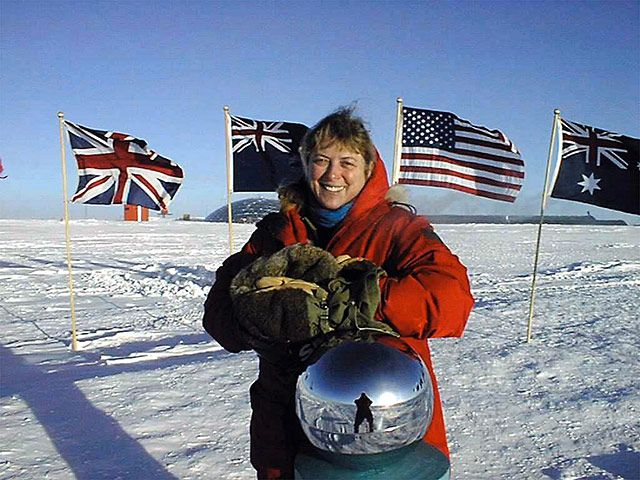
© 2018, Bryan R. Swopes